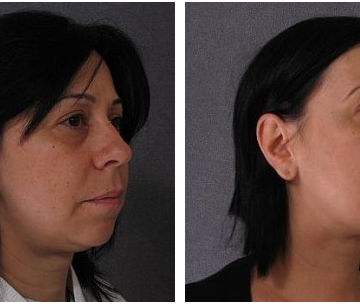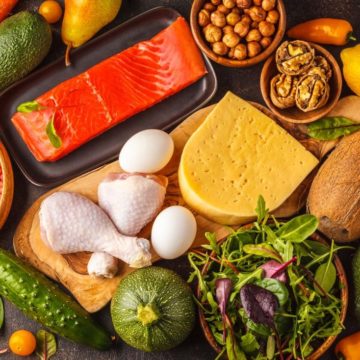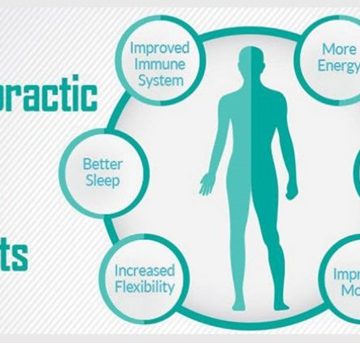Are all sweets bad for you? Is it wrong to expose your toddlers to the sweet taste? Will it ruin their taste buds forever? These are just some of the questions you may ask yourself as you deliberate on whether to let your kids have sweet snacks and desserts.
Safe Sweets
Isn’t it grand when life is sweet? You certainly don’t want to deprive your children of this wonderful flavor. There are different kinds and degrees of sweetness though. What you don’t want your kids to get attached to is the sugary and high fructose corn syrup kind.
Fortunately, there are different sources of sweetness other than the ubiquitous table sugar, which is often refined and possibly GMO (genetically modified organisms). Some of the possible alternatives are:
- Honey
- Stevia
- Real maple syrup
- Yacon syrup
- Molasses
Keep in mind that moderation is key. The above may be healthier than sugar, but it doesn’t mean that you shouldn’t limit their consumption. Also, honey shouldn’t be included in early solid food introduction since it may contain botulism spores, which are toxic to infants. Your children have to be over a year old before you introduce honey to them.
Another word of caution to the wise parent: Beware of artificial sweeteners and agave nectar as seemingly healthy sugar substitutes. Artificial sweeteners often have aspartame, which has been associated with cancer, depression, and brain damage. Agave nectar, on the other hand, is often marketed as a healthy alternative to sugar, but it actually has higher fructose content than sugar, making it, in fact, unhealthier.
Ideas for Healthy Sweet Treats
You can make sweet treats without involving table sugar. The following are some suggestions for snacks and desserts that contain only kid-friendly ingredients.
1. Whole Grain Cereal
Cereals can be very nutritious, provided they’re whole grain, which means that they still have the grain’s germ and bran. These components contain fiber, vitamin B-6, vitamin E, minerals, and antioxidants.
Plain cereal may taste boring and dry to some kids, so you can sweeten it with honey or splash it with some of their milk. Using a complete milk formulation for kids means that they get even more nutrients in their bowl of cereal. To make it even more nutritious and delicious, add some chunks of fruits.
2. Fruit Kabobs
Take a blunt-tipped skewer and start adding different colorful fruits. You can use berries and grapes if you don’t want to do any slicing, but you can also cut up other fruits into more manageable chunks.
Fruits in themselves already make a healthy sweet treat. For added nutrients and a contrast in flavor, you could add cubes of cheese or drizzle with dark chocolate syrup. Why is there emphasis on using dark chocolate? It’s the healthy form of chocolate, which means that it still has plenty of antioxidants and much less sugar content.
3. Healthy Crepes
It’s actually easy to make crepes. You can find a recipe that caters to your diet restrictions. For filling, you can use fresh fruits. Popular options include berries, bananas, peaches, mangoes, and kiwis.
To sweeten your crepe up even more, you can use honey, maple syrup, or dark chocolate syrup.
4. Yogurt
Get plain yogurt and then just jazz it up yourself. You can whip up a parfait with layers of granola and berries. You can also freeze some with bits of fruits mixed in for a healthy popsicle. Of course, you can just throw some into the blender with fruits, seeds, and nuts for a nutrient-packed smoothie.
5. No-Bake Energy Bites
These consist of combining various healthy wet and dry ingredients, refrigerating them, and then forming the mixture into balls. A good combination sample includes oats, chia seeds, raisins, honey, peanut butter, and a drop of vanilla. You can use whatever healthy ingredients you prefer as long as you include something that will hold the dry stuff together.
Sweet Tooth Satisfied
You and your little ones can enjoy yummy snacks and desserts every day. There’s no need to deprive yourselves of sweets. Just make sure that you stick to the healthy kind.
















